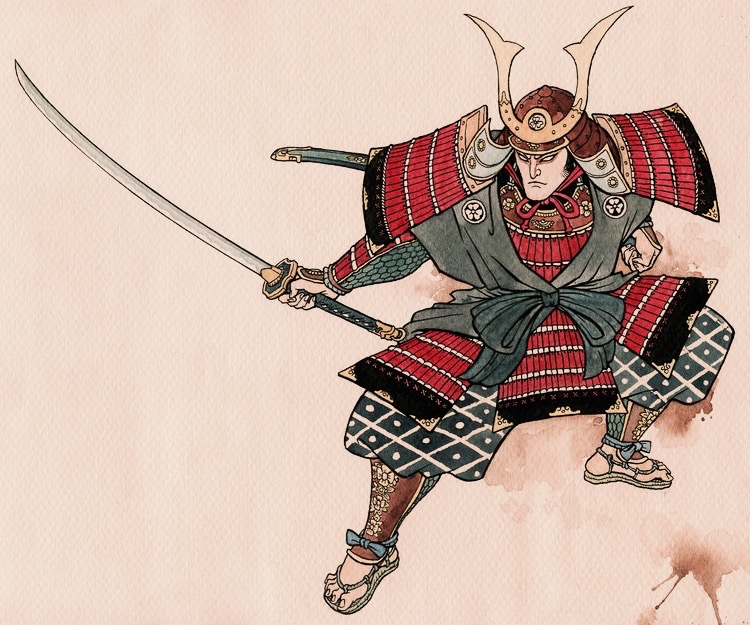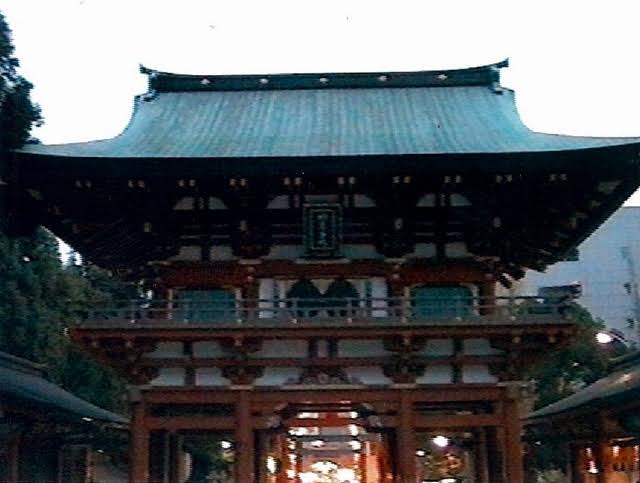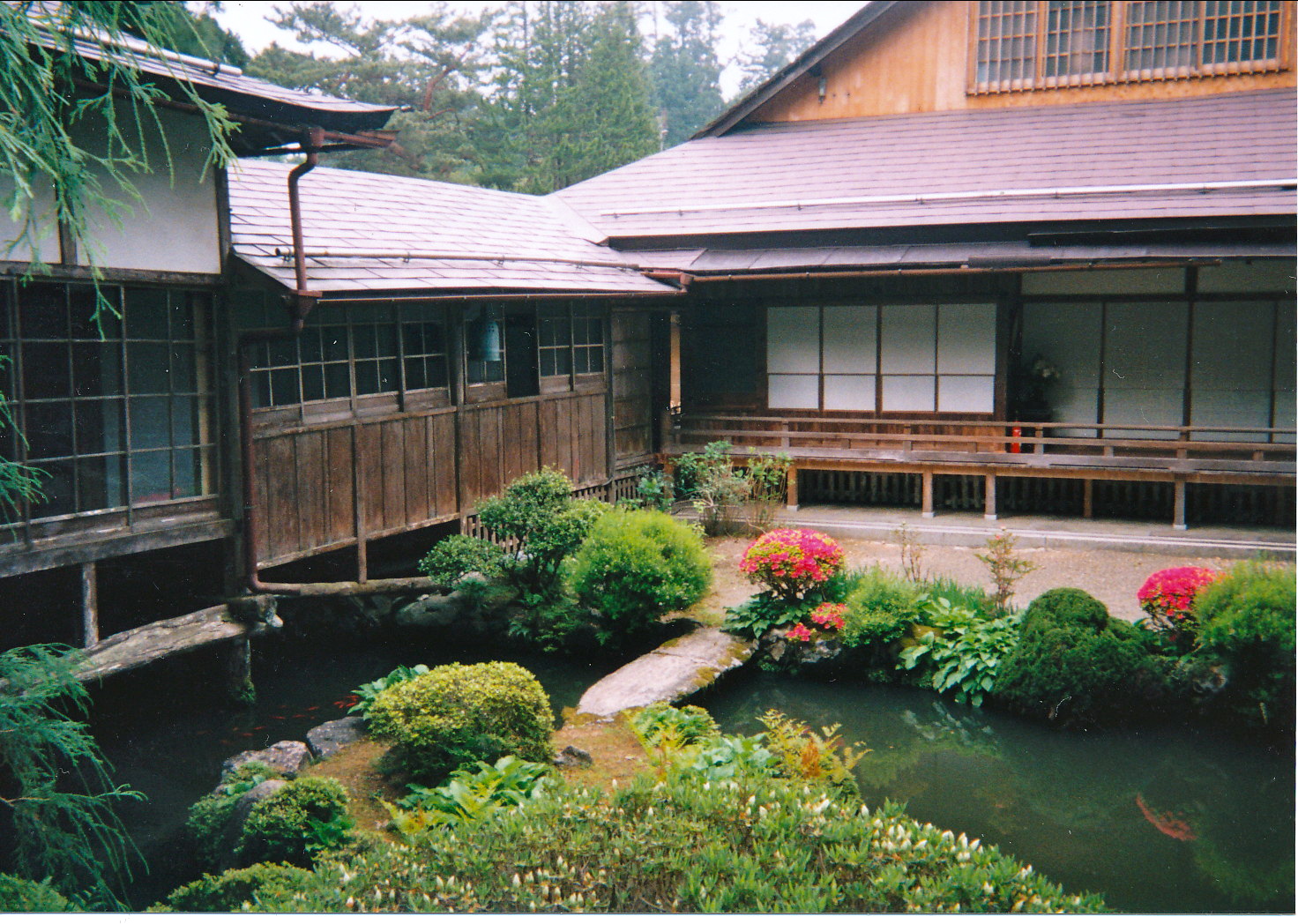In this fourth posting about Japanese culture we will do a very brief overview of the amazing literature produced by Japanese writers over the years.
It is not going to be very comprehensive, as there are so many truly vital works that I could never get around to all of them (without starting a whole new series on Japanese literature alone). I am though going to pick a few prime examples, which are not meant to “summarize” Japanese literature in any way imaginable. I am just choosing works I think you may find interesting.
For example, as a creative artist and ethnomusicologist I am interested in improvisation and/or free-form creativity in China, South Korea, and Japan. So the Japanese literature I like comes from this particular interest. Though it is not improvisation per se, the literary works known as zuihitsu are fascinating to me. Literally “following the brush”, a zuihitsu is a kind of very artistic personal journal, filled with musings, essays, stories, and so on, publishable as a literary work. The first of these recognised in Japan was The Pillow Book, written by court lady Sei Shonagon between the 10th and 11th century. Pillow books were a diary form of zuihitsu made famous by Shonagon herself. Hers was also filled with a lot of creatively written court gossip, so it can be (and often is) classified as the world’s first novel. It is very useful as a subjective ethnography of court life in Japan’s Heian era, as well as highly entertaining, as Shonagon had a lively personality and enthusiastically participated in the goings-on of court life.
The most famous zuihitsu is though without a doubt the Tsurezuregusa (“Essays in Idleness”) by the medieval Zen monk Kenko, written during the 13th and 14th centuries. Kenko too was a lively character, though his zuihitsu is more literary in nature. Essays in Idleness is the most studied zuihitsu in the world, thanks to Kenko’s style and general Zen exegesis. As Zen Buddhism itself contains thousands of scriptures and commentaries, Kenko’s informal style provides interesting and approachable exegetical perspectives to more formal sermons and commentaries.
One such set of complex Buddhist sermon-essays is the Shobogenzo (“The Treasury of the True Eye of The Law”) by Soto Zen Buddhist founder Dogen. The writing can be both complex and brilliantly plain within the same sermon, and Dogen is as famous for his writing style as his theology.
For example, in the sermon entitled “The Issue At Hand” (aka the Genjokoan) Dogen states that “weeds only grow when we dislike them”, referring to the fact that an enlightened Buddha has no connection to thoughts, a fairly enlightened Buddhist “has” one thought, and the struggling student has a second thought then a third, fourth, and so on because they don’t want any of these thoughts at all and struggles against them. Enlightenment is also like the moon reflected in water: it does not get wet. It is huge but it can fit onto a dewdrop. It does not even break the water’s surface but rests lightly upon it. Followers of Dogen could in a sense “hear” such things through his spoken sermons, while literate monks could “hear them through their eyes” in the more complex textual exegesis that followed. So as much as the Shobogenzo can become semi-impenetrable at times, Dogen’s style does allow opportunities to get to the core of his theology.
Note: one can simply look into a meditation hall and instantly tell if they are witnessing a meditation session by Soto or Rinzai Zen Buddhists, as Soto meditators face “outwards” (Jap: “soto” – outside) towards the wall, and Rinzai meditators face inwards towards the center of the room.
A few hundred years after Dogen, the renowned masterless samurai Musashi Miyamoto would write The Book of Five Spheres (of Study), aka The Book of Five Rings, arguably the most famous international read martial arts manual outside of the Chinese martial classic The Art of War. The classic manual on (double) sword fighting, The Book of Five Rings concerns itself with two basic principles when considering warfare: a). keeping inwardly calm during violent chaos, and b). being cognizant of the possibility of violent chaos when things are calm and ordered. Miyamoto’s techniques and concepts were built on this foundation, thus he became the warrior par excellence in his time: combining superior technique with stoic unflappability during duels… which were always to the death. He lays down nine fundamental rules for study and training both before and after the student picks up his swords and during the actual training:
1). Think of what is right and true.
2). Practice and cultivate the science of sword technique; knowing one’s tools, their capabilities, proper moments of utilization, advantageous angles and heights for attack, and so on.
3). Become acquainted with the arts.
4). Know the crafts.
5). Understand the harm and benefit in everything.
6). Learn to see everything accurately.
7). Become aware of what is not obvious.
8). Be careful, especially in small matters.
9). Do not do anything useless.
These lead the student to understand Miyamoto’s overall goal, to “see the immediate in a broad context.” To master these principles was to literally remain alive, so it was beyond important to consider them carefully. (Note: Miyamoto’s status as a legendary sword fighter is such that he is considered by some to be a kind of divine figure among swordsmen, a Kensai [“sword-saint”]).
There is actually another martial manual lesser known outside of Japan, though it is a classic within the country: Yagyu Munenori’s The Book of Family Traditions on the Art of War. Munenori, a 17th-18th century samurai, became the martial arts instructor to the Tokugawa Shogunate, once killing seven men who ambushed one of the family members he was guarding. As word of Munenori’s skill spread, more and more members of the Tokugawa Family joined his “New Shadow” School of fighting, further cementing his reputation amongst the military elites. Even though he was eventually appointed head of the Secret Service, he came to realize (like Miyamoto) that he was only then starting to understand the deeper meaning of martial behaviour as he entered his 50s. Unlike Miyamoto though, Munenori’s work was admittedly Zen influenced, and his style was summarized by three principles: the use of violence to end violence (“Killing Sword”), foreseeing and forestalling problems (“Life-Giving Sword”), and making full use of the environment around you (“No Sword”). Munenori was interested in Zen theology but by his own admission not particularly educated in Zen or even a good Buddhist. Indeed, Buddhists had been trying to educate and expand the consciousness of samurai centuries before Munenori and Miyamoto, but had been kept busy trying to fix all the problems the samurai created, including taking care of the abandoned wives and children left behind by the endless fighting and ritual suicides.
Moving into the post-samurai, modern era we can find such aesthetic works as Junichiro Tanizaki’s In Praise of Shadows, a long 1933 essay discussing the Japanese sense of beauty that he felt was being lost with the advent of electric lighting. Lamps and candles (mixed with particular styles of architecture) helped create the lovely, “velvet” shadows that permeated past Japanese culture, creating the potent visual “silences” (ma) that made decidedly Japanese spaces beautiful. Electric light, to Tanizaki, was garish, and thus garish Western technology was practically invading Japan without resistance. For example, the elegant geishas of yore had to lean forward in an elegant way to pour tea, to actually see the tea cup, such was the low lighting. Their grace and beauty was literally part and parcel of the soft, shadowy room in which they entertained. To fill the room with electric light was to make the geisha graceless, to de-grace her with a simple flick of a switch. Tanizaki acknowledged that, overall, electric light was indeed progress, but mourned the loss of a society built on shadows. The delicate interplay of shadow and light must be the very essence of our daily lives, not a part of it, or else we might as well just give up on a beautiful life entirely.
Another famous book on the aesthetics of Japanese culture is Souestsu Yanagi’s The Unknown Craftsman: A Japanese Insight Into Beauty. In it Yanagi argues for the primacy and essential beauty of folk crafts as humble, Zen-influenced fine arts of their own… as worthy of praise as Japan’s great paintings, sculptures, and architectural works (temples, and so on). Yanagi argues that the unsigned, humble pots, weavings, and such of farmers and artisans manifest the same core truths found in Japanese philosophy, art, and religion, thus we must reassess our view of them as “lesser,” no matter what country and anonymous creators they come from. This movement was also influenced by the move by some in Japanese society to reclaim traditional arts and crafts from the seeming deleterious actions of modernization sweeping the country, as previously referred to by Tanizaki.
Some 21st century scholars though question whether Yanagi’s views on the universality and humility of folk crafts was influenced by — or had an influence on — the Japanese colonialism of the era, as Japan moved in culturally genocidal ways in occupied Korea: only Japanese language and writing was allowed, Koreans had to change their names to Japanese names, and so on, acts of cultural erasure. Plus, it is a fact that “Japanese” Satsuma ware was created by captured Korean potters after the 16th century Imjin Wars, so the idea that a colonial Japanese is writing about the “beauty” of Korean anonymity raises possible geo-political or even moral questions.
Up to now I have been writing about a variety of non-fiction works, so let’s take a look at Japan’s most controversial author, Yukio Mishima, and his novel The Temple of The Golden Pavilion (also known as Kinkakuji. Kinkakuji is about real-life events surrounding the gold-leaf covered Kinkaku Temple in Kyoto, which was burnt down by a schizophrenic monk in 1950. He thought it was so divinely beautiful no one in this world deserved to gaze upon it, so he destroyed it. The monk died of tuberculosis a few years later, leading Mishima to write a fictionalized novel about what the monk may have been thinking and doing while planning the attack. The novel became a worldwide best seller, though not without controversy within Japan itself. Mishima was a controversial figure in his time, as he admitted in one of his works to discovering that he was homosexual through a youthful masturbation session looking at the 16th century Giovanni Bazzi painting of the martyr St. Sebastian (semi-nude, being shot full of arrows). Bazzi himself was given the nickname Il Sodoma, “The Sodomite” after someone commented on his penchant for bearded youths. Bazzi found the name amusing and even wrote songs about it.
Mishima wrote other (brilliant) works, but soon became more interested in politics and weightlifting than writing. He even started his own private army of devotees, and in 1970 he and a few of his most loyal followers stormed a military building in Tokyo. He then gave a political speech on a balcony to a large group of curious soldiers gathered below, even encouraging them to overturn the Japanese Constitution. Getting a rather unenthusiastic response he went back inside, and promptly committed suicide through hara-kiri — “stomach cutting” — self-disembowelment using a small sword.
Note: the term hara-kiri is often mispronounced as “hairy-carry” in English. The proper Japanese and English pronunciation is: ha-rah-kee-ree, with no rising or falling accents. “R” in Japanese is pronounced like something between an R and an L, as Japanese has neither letter.
Anyways, this is a very basic look at a few of the classic literary works from Japan. It should give you a little taste of what is out there should you want to learn more about Japanese literature in all its glory.
So, to summarize these last four blog posts: Japanese culture begins with the most basic cultural phenomenon, Japanese language; how the idea of Japan and its culture is shared between individuals and/or promulgated in society. To speak Japanese is to already be in culture and, in a sense, “coloured” by its inherent traits. Part of that culture-speak is the mythology of the nation’s origin(s) and relationship with the spirit world, including the imported religion of Zen Buddhism, out of which the Japanese have fashioned internationally renowned forms of music, theater, and art (based on notions of impermanence, silence, space, and austerity). But this does not mean we see little variety in how their culture manifests. From jaunty hair-snipping demons to The Pillow Book to the nohkan flute, Japanese people have been revealing many anthropological insights about our shared humanity through their own unique national phenomena.
Japan is super fascinating and endlessly interesting. Hopefully this taste of mythology, language, music, art, martial arts, and literature has whetted your appetite a little for that grand feast that is Japanese culture.












